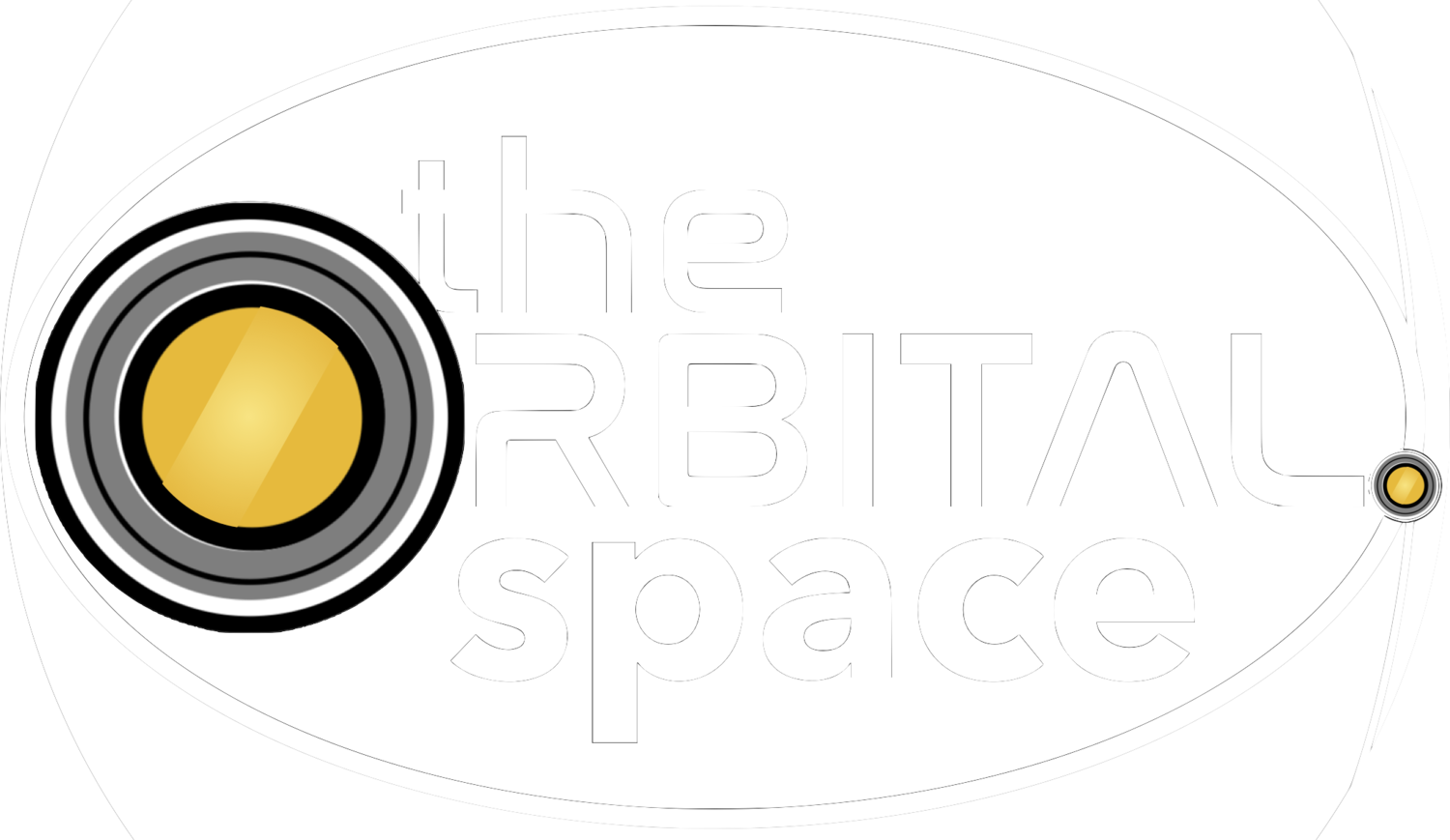the bridge to apollo
Building on the success of its Mercury predecessor, NASA's first Gemini spacecraft was launched in 1964. Furthering efforts to put a man on the moon, the Gemini missions provided proof-of-concept for several components required for a lunar landing.
Long-duration spaceflight
ORBITAL MANEUVERING
Extra Vehicular Activity (EVA)
Orbital rendezvous and docking
Accurate reentry and landing
Crucial elements of the Apollo missions proven and perfected with Gemini.
Heavier spacecraft - Heavier rocket
Click to enlarge
Click to enlarge
Titan II GLV (Gemini launch vehicle)
- Specially modified Titan II two-stage missile
- Originally designed to carry nuclear warheads
- Double combustion chambered LR87 liquid-propellant first stage rocket engine
- Launched 2 unmanned, and 10 manned Gemini missions between 1964 and 1966
LR87 Engine. Click to enlarge
How to live in space - what to bring
Can astronauts eat solid food in space?
Will spacesuits shield against radiation?
how will two weeks in microgravity effect the human body?
HOW will astronauts dispose of waste?
IT WAS UP TO GEMINI TO FIND OUT.
John Young smuggled a corned beef sandwich onto Gemini III. At no small worry to flight controllers on the ground, crumbs from the sandwich could have gotten clogged in critical system hardware, or been accidentally inhaled by a crew member.
Hand-Held Sextant
One of the first investigations on a Gemini mission, crews used a sextant to measure their position using the stars. If astronauts could use the stars to navigate around Earth, they could use the same stars to navigate around the moon.
opening the door
Ed White during his EVA on Gemini IV. Photo credit: NASA/James McDivitt
What happens when an astronaut goes outside?
Mission dependencies required crews to operate efficiently outside the safety of their spacecraft. Unlike the suits worn during prior Mercury and Gemini missions, EVA-capable spacesuits needed to be tiny personal spacecraft that could be worn. For astronauts to walk on the moon uninhibited, each suit required its own life-support system, protection against radiation, and the ability to withstand the unlikely impact from a micrometeoroid.
Five gemini astronauts completed nine separate spacewalks to help nasa build the best spacesuit.
hand held maneuvering unit - hhmu
The HHMU, or "zip gun" as it is informally known, was used during the first American EVA by Ed White on Gemini IV.
The first step in EVA maneuverability, the zip used pressurized propellant to thrust astronauts opposite whichever direction the gun was pointing. As NASA improved upon the design, umbilical tethers allowed astronauts to traverse the distances between their Gemini capsules and rendezvous vehicles.
orbital rendezvous
The gemini program utilized the unmanned agena probe to perfect rendezvous and docking maneuvers.
Photo credit: NASA
the first rendezvous of two manned spacecraft occurred when gemini xii and gemini xi-a met in orbit on december 15, 1965.
aiming for earth - gemini's return
Re-entry thrusters on the Gemini spacecraft were controlled manually during the crew's return to Earth. Despite advances in navigation and aeronautics, Gemini crews usually landed miles away from their intended target.
Photo credit: NASA
Photo credit: NASA































